
Catastrophic Earthquake in Tibet: Over 300 Casualties Amid Questions of Transparency and Neglect
On January 7, a 6.8-magnitude earthquake struck Dingri County in Tibet, leaving a trail of destruction and exposing longstanding concerns about infrastructure neglect under Chinese governance. The disaster has claimed 126 lives, injured 188 people, and caused the collapse of over 3,600 homes, according to official Chinese figures. However, questions about the transparency of these numbers and the true scale of the disaster persist, casting a shadow over the ongoing relief efforts.
A Region in Crisis
Dingri County, located at the northern foot of the Himalayas and home to the epicenter in Cuoguo Township, sits at an altitude of over 4,300 meters. Temperatures in the region plunge to minus 10 degrees Celsius at night, exacerbating the challenges faced by survivors and rescuers alike. Relief efforts have seen the establishment of over 100 temporary shelters and the relocation of more than 46,000 people. Despite these efforts, the bitter cold and lack of sufficient resources make survival increasingly difficult for those still trapped.
The hardest-hit areas, including Cuoguo Township and neighboring villages, are scenes of utter devastation. In Gurong Village, another severely affected area, all 40 homes have either been severely damaged or completely destroyed. Rescuers are combing through the rubble using specialized equipment such as radar detectors and search-and-rescue dogs, though hopes for finding survivors grow slimmer with each passing hour.
Medical and Relief Efforts
Local hospitals have been inundated with the injured, who are primarily suffering from fractures. Medical experts have been dispatched to assist local teams. Meanwhile, more than 14,000 rescuers are engaged in relief operations, with efforts focused on restoring essential services like power and transportation. Prefabricated housing and tents have been distributed to provide shelter for the displaced, but these resources appear insufficient given the harsh climate and sheer number of those affected.
Concerns Over Information Suppression
While Chinese state media highlights the scale of rescue efforts, experts and observers have voiced skepticism about the transparency of official reports. Critics allege that casualty figures may be underreported and that information from the disaster zone is being tightly controlled.
Dawa Tsering, director of the Tibet Policy Research Center of the Central Tibetan Administration, claims that survivors in the region are being silenced, with authorities forbidding the sharing of photos or information from the disaster zone. Reports from neighboring Nepal suggest that local Tibetans fear punishment for disseminating news about the quake, leading to doubts about the accuracy of official narratives.
Zeng Jianyuan, chairman of the Taiwan Association of Chinese Democracy Academies, expressed similar concerns, noting that the Chinese Communist Party’s (CCP) centralized governance system often results in local officials reporting favorable information while withholding details of failures or challenges.
Structural Vulnerabilities and Longstanding Neglect
The earthquake has highlighted the fragile state of infrastructure in Tibet, particularly in rural areas where traditional mud and stone houses are common. Many of these structures lack seismic reinforcements, making them especially vulnerable to earthquakes.
Critics argue that this vulnerability is compounded by decades of neglect and the prevalence of poorly supervised construction projects. Zeng suggests that a lack of urgency in addressing seismic risks has left the region ill-prepared for a disaster of this magnitude.
Chinese authorities have long promoted urbanization and settlement policies for nomadic communities in Tibet, but these initiatives have been criticized for their subpar implementation and failure to address the unique challenges of the region. The earthquake’s impact underscores the inadequacy of these efforts and the need for better disaster preparedness.
Dalai Lama’s Prayers and Political Tensions
Amid the unfolding tragedy, the Dalai Lama has expressed his sorrow for the victims and is set to preside over a prayer ceremony in India on January 9. His message of condolences has drawn criticism from Beijing, with Chinese Foreign Ministry spokesperson Guo Jiakun accusing the spiritual leader of using the disaster for political purposes.
The Dalai Lama’s gesture, however, resonates deeply with Tibetans, many of whom view him as a unifying figure in times of crisis. His message highlights the profound sense of loss and resilience within the Tibetan community, despite the challenges they face under Chinese rule.
A Call for Accountability
As Tibet grapples with the aftermath of one of the most devastating earthquakes in recent years, calls for greater transparency and accountability in disaster management are growing louder. The disaster has not only revealed the immediate human and infrastructural toll but also underscored the deeper issues of neglect and suppression that have long plagued the region.
For the thousands affected, the road to recovery will be long and fraught with challenges, but the earthquake has also reignited global attention on Tibet’s struggles and the urgent need for meaningful reform in addressing its vulnerabilities. Input from VOA Mandarin
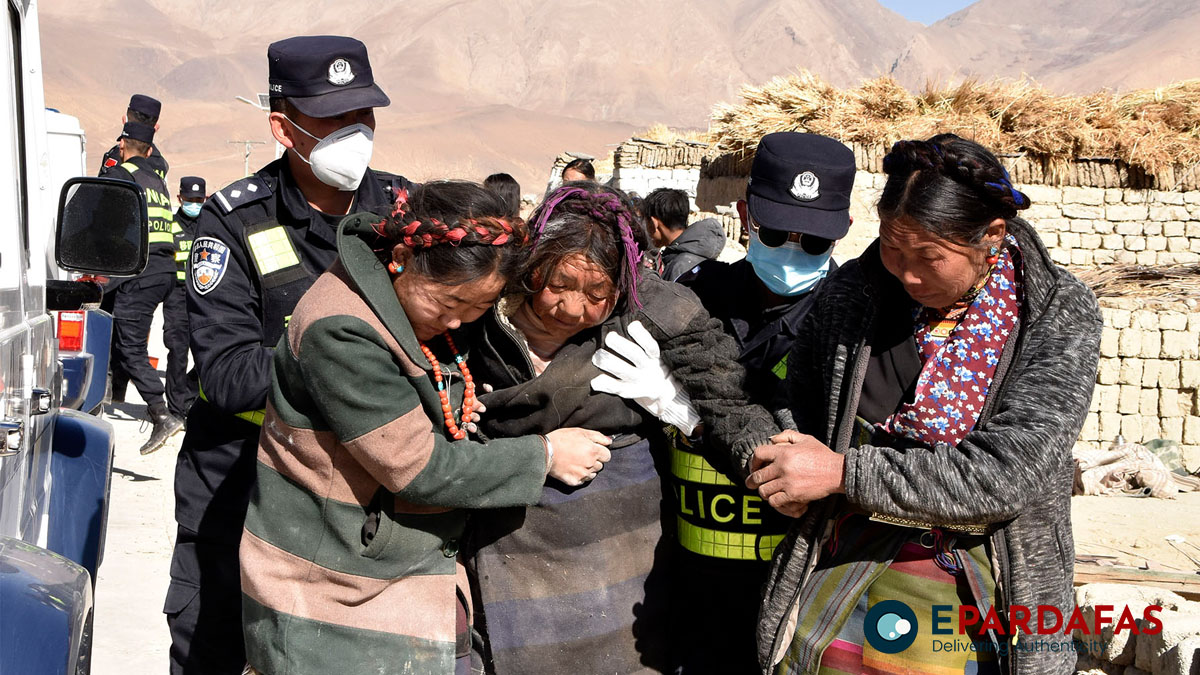
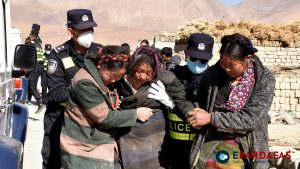
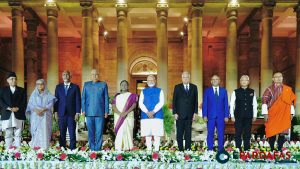
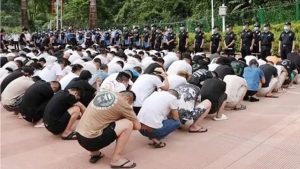

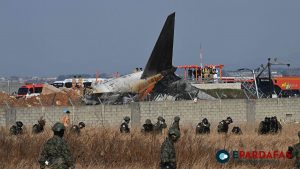

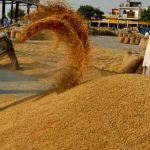

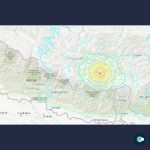



Comments